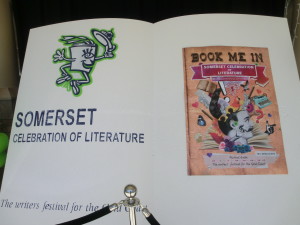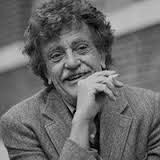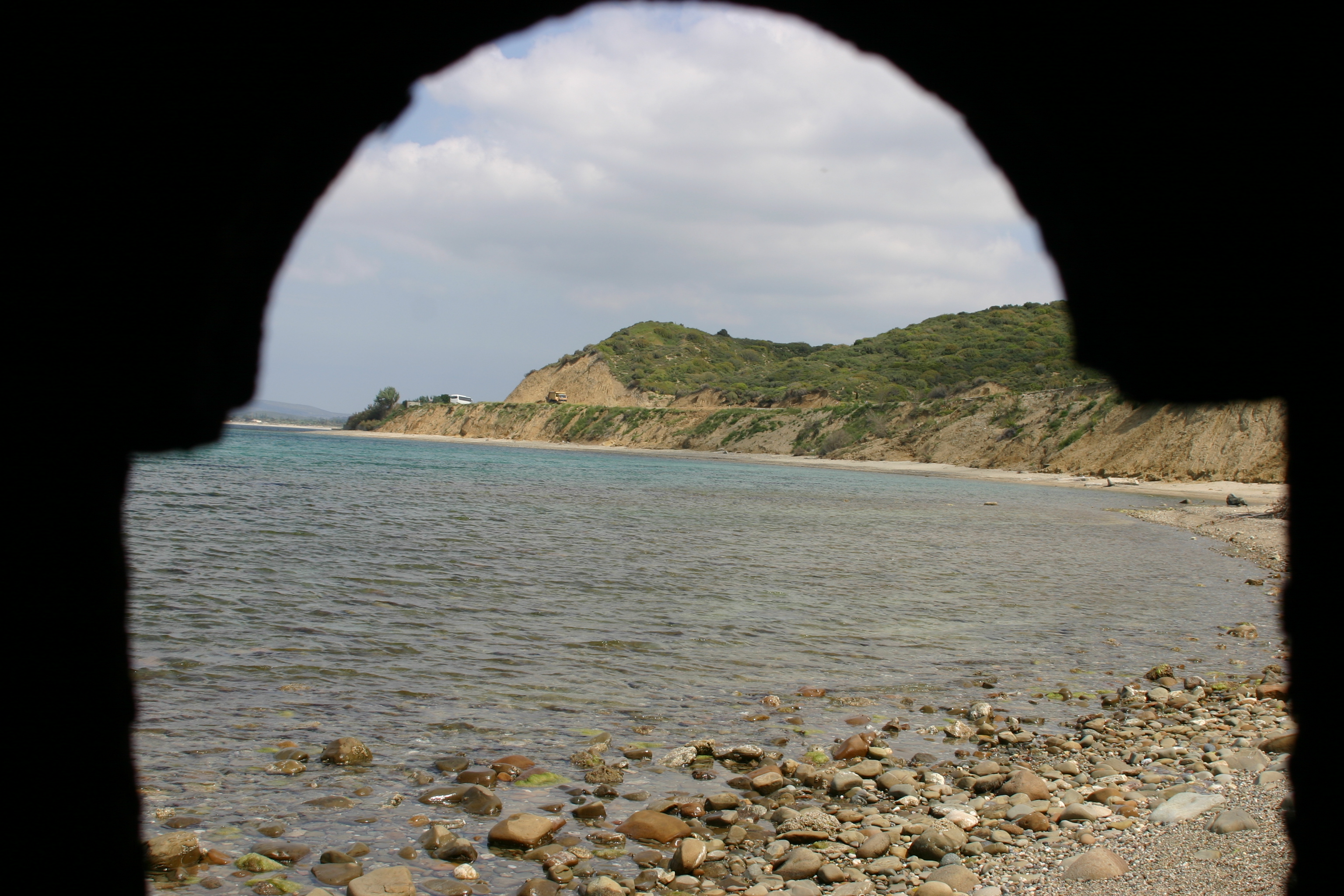Have you ever been caught in a rare moment when it feels like your child is growing up in that very second, right before your eyes…and not wanting it to happen? I had one while visiting the Atomic Bomb Dome and Peace Memorial Park in Hiroshima, Japan.
 John Ahern
John Ahern
The Rejuvenating Power of Time Out
What is it so many world leaders, renowned entrepreneurs, inventors, artists and authors all have in common in their pursuits for excellence, their chasing of dreams? Surprisingly, it is not high IQ, or work obsession, access to buckets of money, or absurd luck, although all those things would be very nice. The one common denominator … Read more
Ecovillages : My Bridge to a Greener World
I didn’t realise my life had been hijacked until a year after it happened. I was in the car, on the way to show my mate Chris my newly built green house, reminiscing about how my wife Mandy and I had bought into the Currumbin Valley Ecovillage. ‘You were running late that day,’ I recalled. … Read more
My Path to Publishing; Wannabe Author Turns ‘Pro’
For years I worked on my book, scratching away in the back room of my house like a mad hermit, telling no-one, battling the sweet little voices that kept telling me I was fantasising to think I could be a writer. But the words kept flowing and after thousands of hours of crafting, with much … Read more
Kurt Vonnegut on How to Make Your Soul Grow
Shaun Usher’s book ‘More Letters of Note’ is a compilation of correspondence from and between famous people. This is one such extract from author Kurt Vonnegut to a high-school class that he was to visit at age 84, but couldn’t make. ” I don’t make public appearances any more because I now resemble an Iguana … Read more
The Top 5 Things to Do with a Lonely Planet Guide, Except Read It.
You may glean from the photo of the bookshelf above my desk that that I am a bit of a Lonely Planet fan. Having romped my way across over 85 countries, it is my primary travel guide of choice. But even so, I have found other great, unusual and possibly confronting uses for a Lonely Planet guide than just reading it; here is my Top five:
Vietnam – 5 Great Travel Tips
 In preparing to go to Vietnam with my family, I decided that ‘planning’, normally the anathema to my independent travelling ethos, would have to be embraced. Prior to our 30 day sojourn in January 2015, I did more trip research than I have ever done. Once on the road, my crew of four travelled from south to north, from Ho Chi Minh City to Hanoi, with stops in the Mekong Delta, Hoi An, Sapa and the world-renowned Halong Bay. We were on a tight budget to make this trip happen. I booked internal flights direct with the local airlines, direct booked hotels and travelled for under $100 a day for the family. I could smash down a hundred tips and hacks from many great sources but there were a few I simply did not discover until we were there. Here are 5 great tips that were not easily discovered.
In preparing to go to Vietnam with my family, I decided that ‘planning’, normally the anathema to my independent travelling ethos, would have to be embraced. Prior to our 30 day sojourn in January 2015, I did more trip research than I have ever done. Once on the road, my crew of four travelled from south to north, from Ho Chi Minh City to Hanoi, with stops in the Mekong Delta, Hoi An, Sapa and the world-renowned Halong Bay. We were on a tight budget to make this trip happen. I booked internal flights direct with the local airlines, direct booked hotels and travelled for under $100 a day for the family. I could smash down a hundred tips and hacks from many great sources but there were a few I simply did not discover until we were there. Here are 5 great tips that were not easily discovered.
Gallipoli – A Surprising Modern Day Visit
 At the southern end of Anzac cove, a concrete bunker lies blasted and crippled, tilted on an angle and lapping in the water, its sides pockmarked by bullets. I climbed into its claustrophobic cell, crouched and peered through the narrow gun slot. In front of me panned the sparkling blue water of the Aegean Sea, a strip of sand, and the steep cliffs and ridges above. It was a beautiful setting, an ideal place for a resort – if it wasn’t a cemetery reserve.
At the southern end of Anzac cove, a concrete bunker lies blasted and crippled, tilted on an angle and lapping in the water, its sides pockmarked by bullets. I climbed into its claustrophobic cell, crouched and peered through the narrow gun slot. In front of me panned the sparkling blue water of the Aegean Sea, a strip of sand, and the steep cliffs and ridges above. It was a beautiful setting, an ideal place for a resort – if it wasn’t a cemetery reserve.
Somerset Celebration of Literature – An Author Insider
 I had always dreamed of being backstage in the ‘green room’. Mingling with other ‘stars,’ I could indulge in outrageous demands such as having coconut water shipped in from a remote island or insisting that I receive a foot massage every thirty minutes.
I had always dreamed of being backstage in the ‘green room’. Mingling with other ‘stars,’ I could indulge in outrageous demands such as having coconut water shipped in from a remote island or insisting that I receive a foot massage every thirty minutes.
To achieve that fantasy I probably shouldn’t have been presenting at a school-run book festival. But the green room at the Gold Coast’s Somerset Celebration of Literature remained a highlight.
The Traveler The Agent and the Budget Airlines
I had dreamed of travelling around Vietnam for many years. Sailing Halong Bay, riding sleeper trains into the deep north, sipping coffee in Hanoi and crawling through war tunnels. The only small hurdle to this vision of lazy independent wandering was that I was no longer a solo backpacker. My travelling entourage now included my wife and two kids aged 13 and 11. Still, when the travel siren called I knew I had to act, so the plan quickly morphed. I would don my old backpack, pack up my family and hit the road, spending less time in dorm-bed hostels than I had once envisaged.







